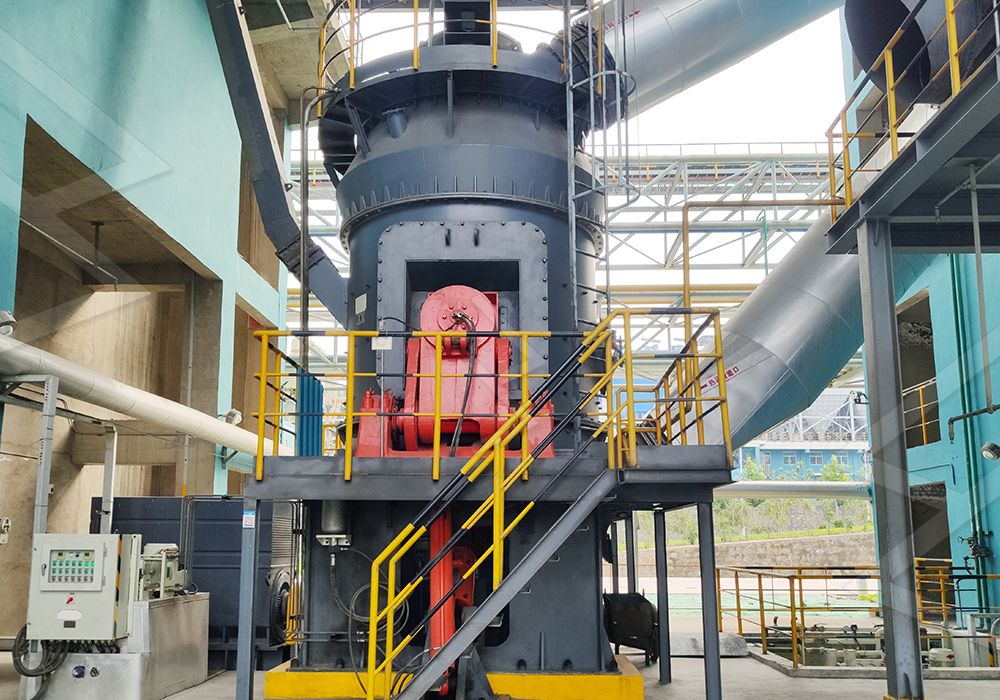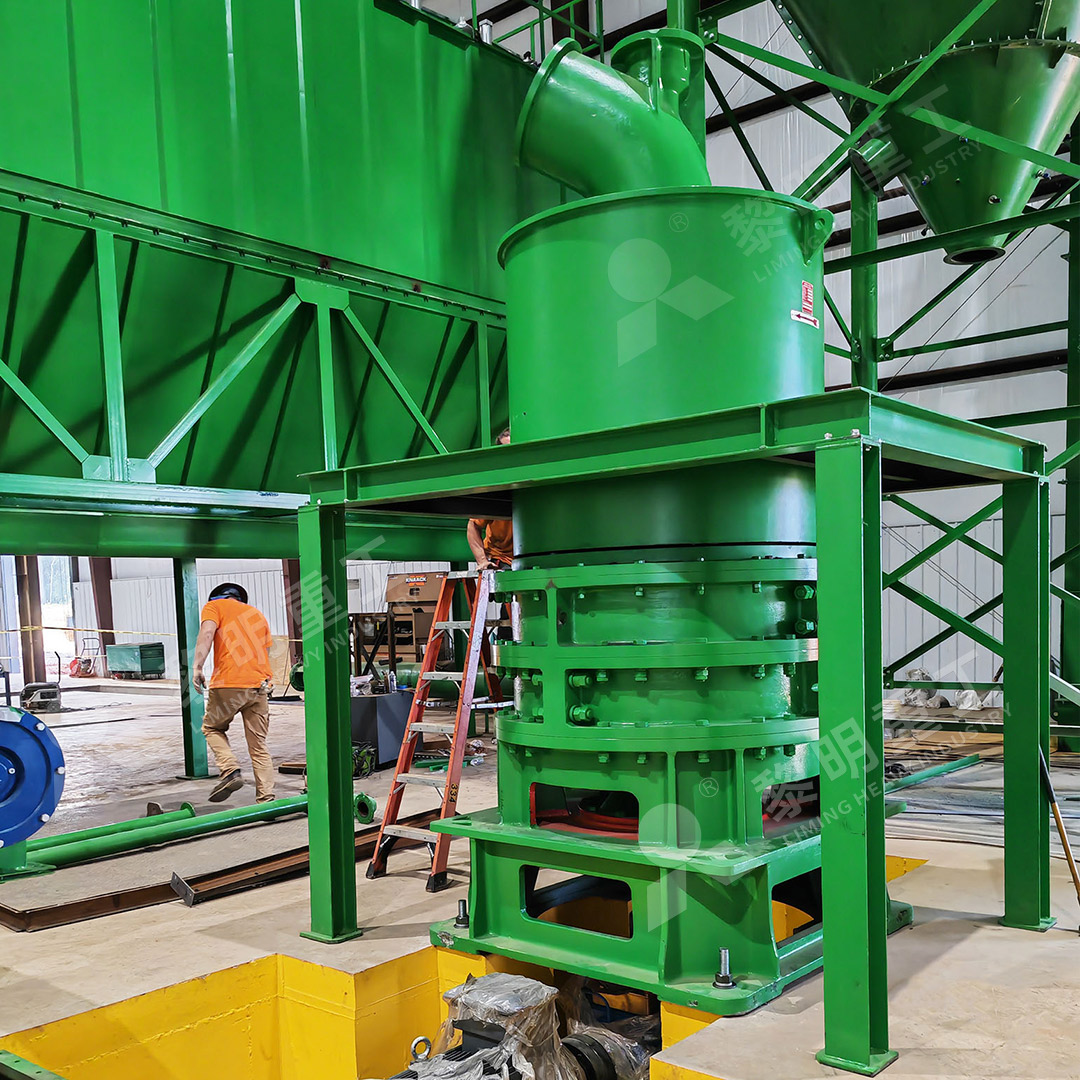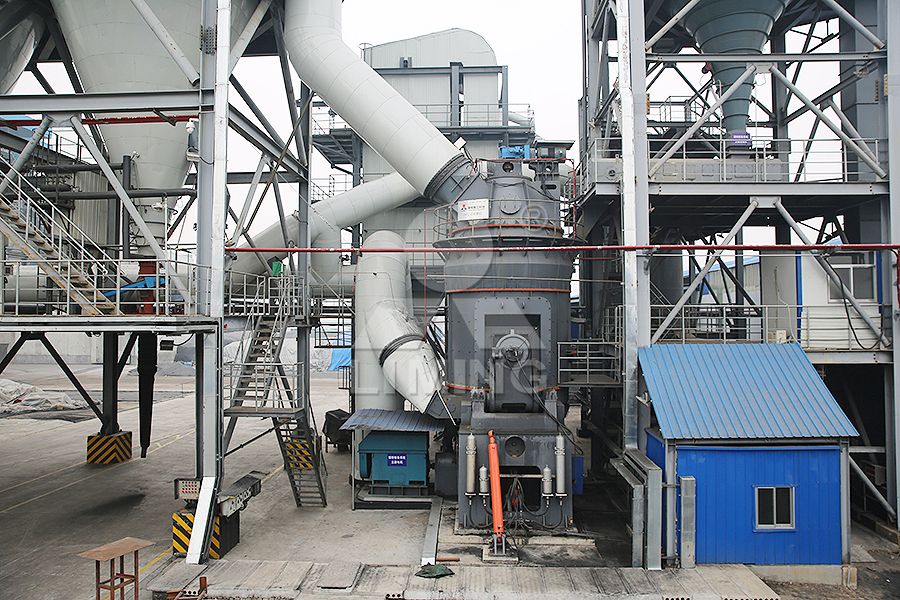Vertical Grinding Mill in Shanghai: Key Suppliers & Technical Specs
Vertical Grinding Mill in Shanghai: Key Suppliers & Technical Specs
Shanghai has established itself as a global hub for industrial machinery manufacturing, particularly in the grinding mill sector. The city’s suppliers have pioneered advanced grinding technologies that cater to diverse industrial applications, from mining and construction to chemicals and pharmaceuticals. This article examines the key technical specifications and supplier landscape for vertical grinding mills in this dynamic market.
The evolution of grinding technology in Shanghai has been remarkable over the past decade. Local manufacturers have integrated German precision engineering with cost-effective production methods, creating machines that compete globally while maintaining competitive pricing. The vertical grinding mill segment, in particular, has seen significant innovation in energy efficiency and automation capabilities.

Technical Advancements in Modern Grinding Systems
Contemporary vertical grinding mills feature several critical technological improvements. The integration of PLC control systems has revolutionized operational precision, allowing real-time monitoring and adjustment of grinding parameters. Advanced powder separation technologies, particularly the German-inspired cage-type selectors, have dramatically improved product fineness control while reducing energy consumption.
Modern mills typically achieve fineness levels between 325-2500 meshes, with some advanced models capable of producing powders with particle sizes as fine as d97≤5μm. The elimination of rolling bearings and screws within grinding chambers has significantly enhanced reliability, addressing traditional maintenance challenges that plagued earlier generation equipment.
Environmental Compliance and Operational Safety
Shanghai manufacturers have placed strong emphasis on environmental protection in their grinding mill designs. Efficient pulse dust collection systems have become standard, ensuring compliance with stringent international environmental standards. The integration of silencers and noise elimination technologies has reduced operational noise levels, making these machines suitable for urban industrial zones.
The latest models operate under negative pressure systems, completely containing dust within the grinding circuit. This not only protects the working environment but also maximizes product recovery rates. Many manufacturers now offer customized solutions for specific environmental requirements, particularly important for processing sensitive materials in food and pharmaceutical applications.

Leading Equipment Recommendations
Among Shanghai’s diverse grinding mill offerings, the MW Ultrafine Grinding Mill stands out for specialized applications requiring ultra-fine powder production. This machine represents the pinnacle of grinding technology with an input size capacity of 0-20 mm and processing capability ranging from 0.5 to 25 tons per hour. Its innovative design features higher yielding capacity with lower energy consumption compared to conventional mills.
The MW Ultrafine Grinding Mill incorporates several proprietary technologies including newly designed grinding curves that enhance efficiency by 40% over jet grinding mills. The cage-type powder selector, developed using German technology, allows precise fineness adjustment between 325-2500 meshes. Particularly noteworthy is its unique chamber design that eliminates rolling bearings and screws, significantly reducing maintenance concerns and potential machine damage.
For operations prioritizing environmental compliance, this mill comes equipped with efficient pulse dust collection and noise reduction systems. The external lubrication system enables continuous 24-hour operation without shutdowns for maintenance. The machine’s digital processing ensures high precision manufacturing, especially for core components, while comprehensive spare parts support guarantees worry-free operation.
Market Applications and Material Compatibility
Shanghai-produced vertical grinding mills serve a wide spectrum of industries. The primary applications include processing of limestone, calcite, dolomite, petroleum coal, gypsum, barite, marble, talc, and various coal powders. Beyond traditional mining and construction materials, these mills have found significant application in chemical industries, paint production, cosmetics, pharmaceuticals, and food additives.
The versatility of modern grinding systems allows processors to handle materials with varying hardness and moisture content. Advanced drying capabilities integrated into grinding chambers enable processing of materials with moisture content up to 15% in some models, eliminating the need for separate drying equipment in many applications.

Future Trends and Technological Development
The grinding mill industry in Shanghai continues to evolve toward greater automation and digital integration. The adoption of IoT technology for predictive maintenance represents the next frontier, with several manufacturers developing cloud-based monitoring systems. Energy efficiency remains a primary focus, with new models achieving 30-50% reduction in power consumption compared to traditional designs.
Research and development efforts are increasingly focused on specialized applications, particularly in the pharmaceutical and high-purity chemical sectors. The integration of artificial intelligence for optimal process control is expected to become standard in premium models within the next two years.
Frequently Asked Questions
What is the typical lifespan of a vertical grinding mill from Shanghai manufacturers?
Properly maintained vertical grinding mills typically operate for 15-20 years, with major component refurbishment recommended at 7-10 year intervals. The grinding rollers and rings, being wear parts, generally require replacement every 2-5 years depending on application severity.
How does the MW Ultrafine Grinding Mill compare to traditional ball mills?
The MW Ultrafine Grinding Mill provides approximately twice the production capacity of ball mills with similar power consumption. It achieves superior product fineness with narrower particle distribution and offers significantly lower operating costs due to reduced wear part consumption and maintenance requirements.
What environmental certifications do Shanghai grinding mills typically carry?
Reputable Shanghai manufacturers comply with ISO 14001 environmental management standards and CE certification. Many also meet specific international standards for dust emission (typically below 20mg/m³) and noise pollution (generally under 80dB at one meter distance).
Can vertical grinding mills handle abrasive materials effectively?
Yes, modern vertical mills feature wear-resistant alloys in critical components, with optional ceramic or special alloy linings available for highly abrasive applications. The MW Ultrafine Grinding Mill specifically addresses abrasive materials through its unique chamber design that minimizes direct metal-to-material contact in non-grinding zones.
What level of automation can be expected in contemporary grinding systems?
Current systems offer comprehensive automation from feeding to product collection, with PLC controls standard across most models. Advanced systems include remote monitoring capabilities, automatic adjustment of grinding pressure, and integration with plant-wide control systems for complete operational optimization.
